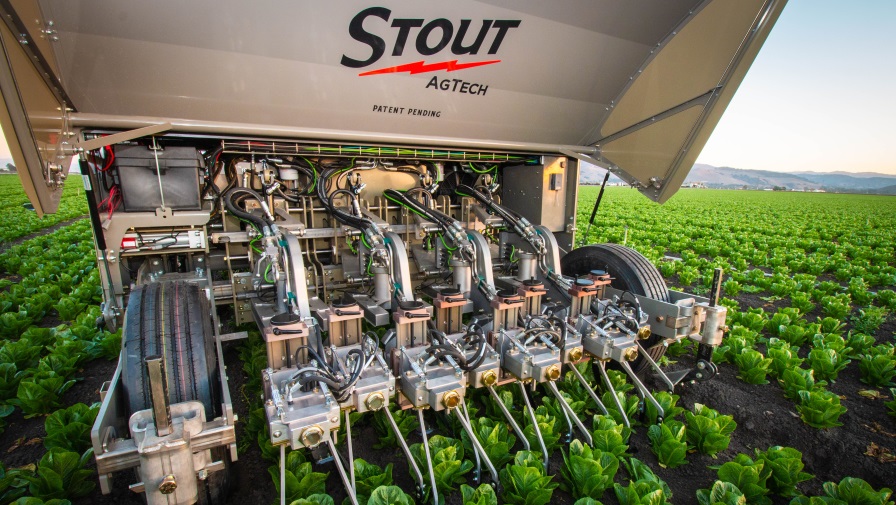Almond Growers’ Lower Limb Dieback Problems Increasing
Lower limb dieback (LLDB) has become an emerging problem within many almond orchards throughout California. University of California Cooperative Extension Advisor David Doll, aka “The Almond Doctor,” has posted an alert on his blog.
Observations of orchards with LLDB occur independent of soil types, irrigation systems, and planting spacings, while typically affecting orchards that are in their 8th leaf or older, according to Doll. Symptoms are predominantly found on Padre and Butte, but are also found on many other varieties including Nonpareil, Fritz, Carmel, Wood Colony, and Mission.
The problem tends to be associated with smaller diameter branches in the lower canopy of orchards. Often enough, however, the problem extends to larger diameter branches, causing branch loss that can extend to 10 feet or more from the ground. Symptoms include wilted, yellow leaves that eventually fall from the tree. Bark removal will reveal a brown canker with little or no gumming that usually does not completely girdle the branch. The fungal canker can be observed on the top side of the affected branches, which is often found proximal to the yellowing leaves.
Often, the canker is associated with a dead spur or small branch. The fungus appears to move up the branch to the point of attachment with the main scaffold, but does not appear to enter into the main scaffold. The first appearance of symptoms has been reported in mid-spring, with shoots continuing to collapse throughout the summer. Branch collapse is often noticeable about a week after a hot spell in which the evapotranspiration rates are very high.
Source: The Almond Doctor









